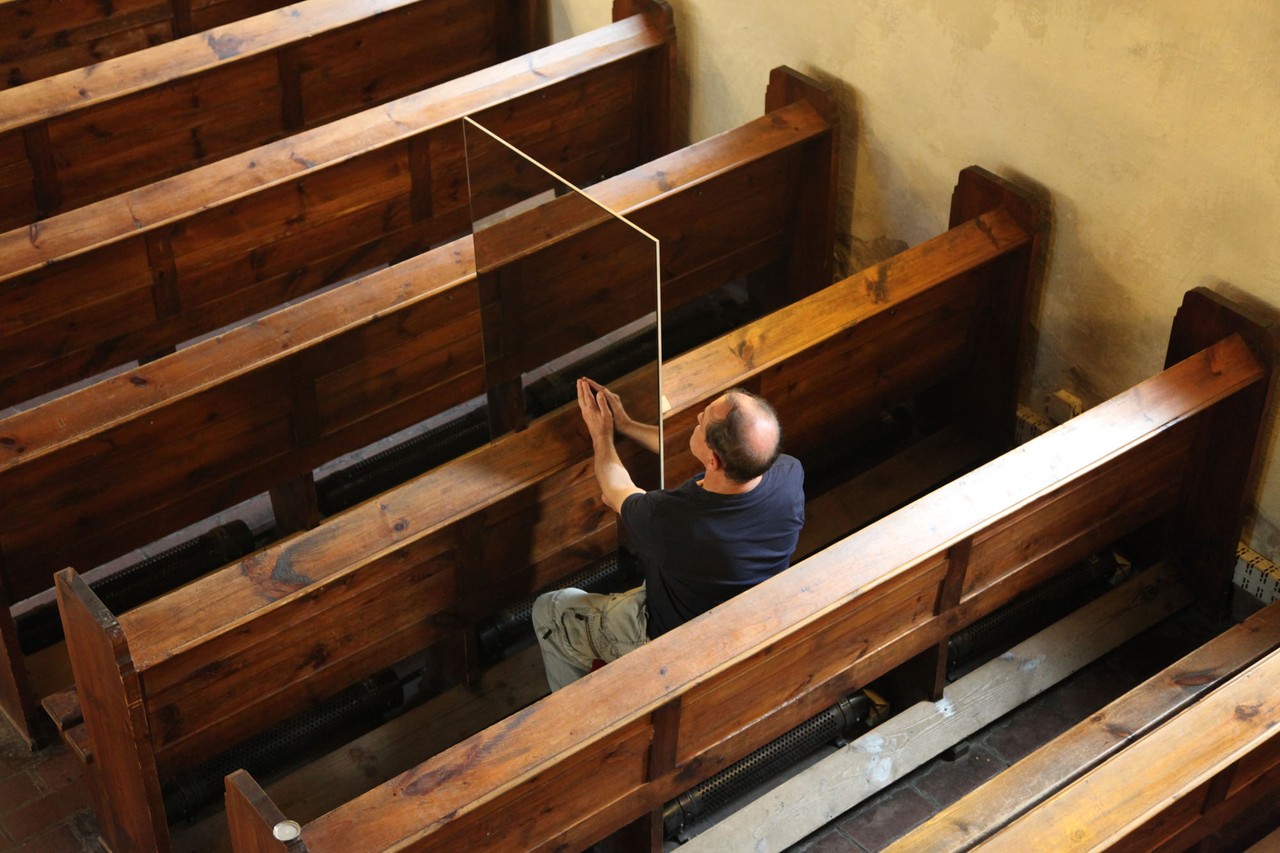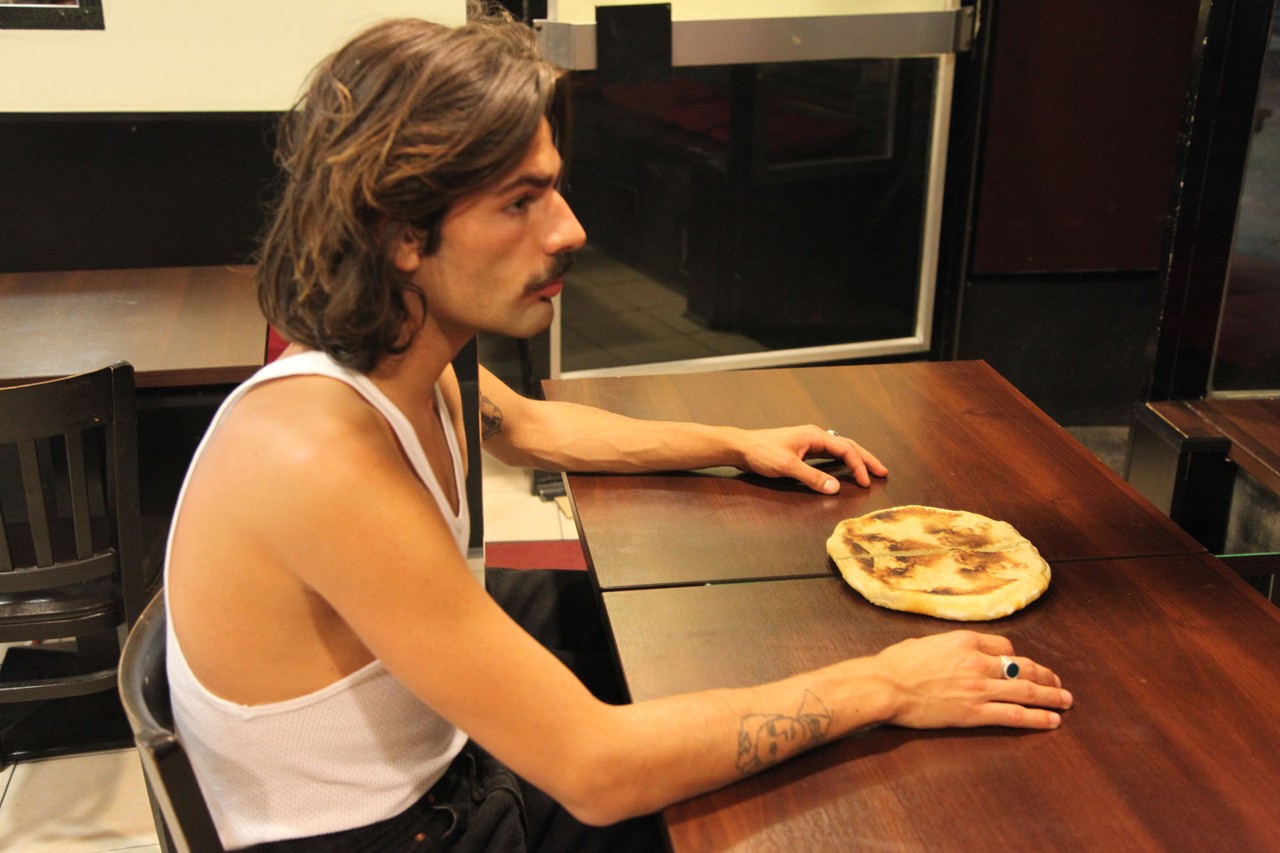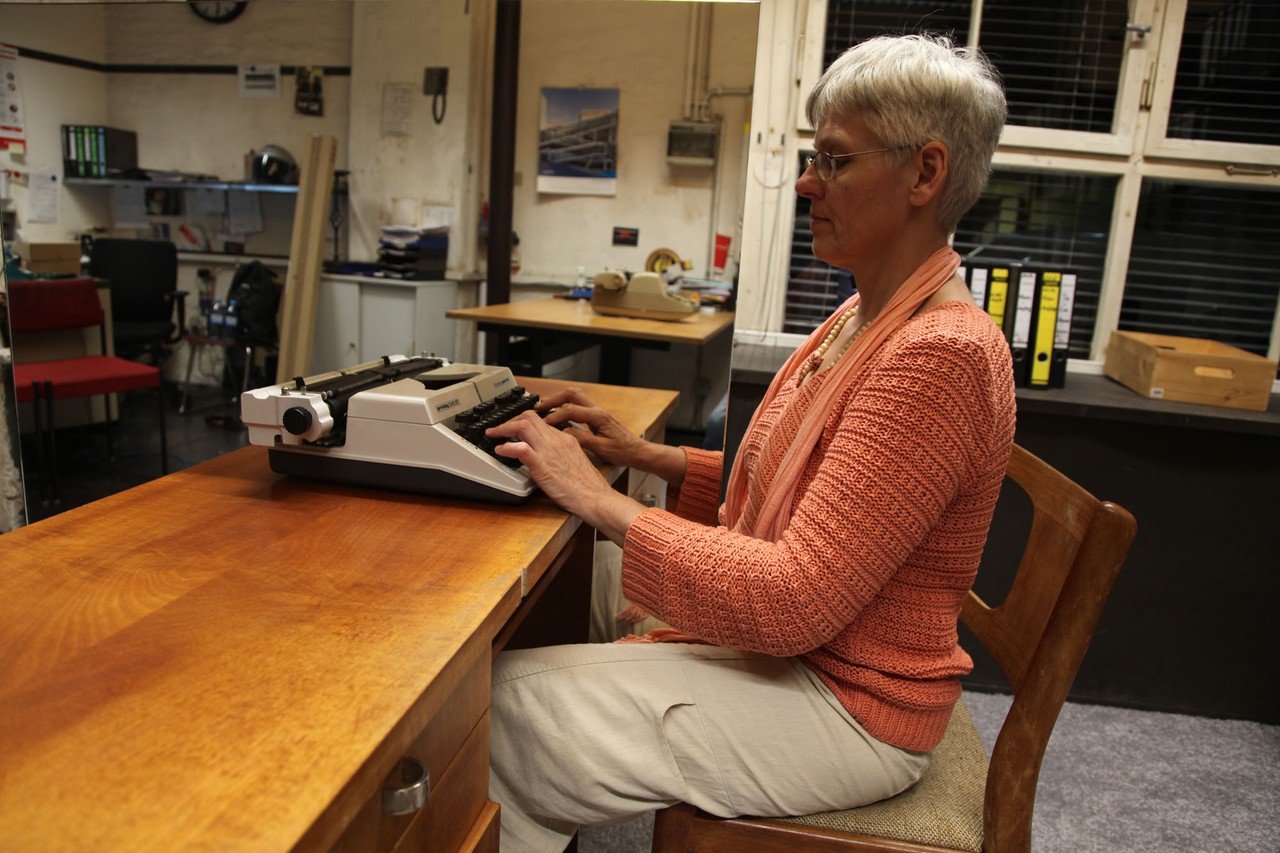Kader Attia
Repairing the Invisible
31 Mar - 01 Oct 2017

Kader Attia, Reflecting Memory 2016, Courtesy the artist, Galerie Nagel Draxler, Lehmann Maupin, Galerie Krinzinger and Galleria Continua © the artist, photograph: Kader Attia

Kader Attia, Reflecting Memory 2016, Courtesy the artist, Galerie Nagel Draxler, Lehmann Maupin, Galerie Krinzinger and Galleria Continua © the artist, photograph: Kader Attia

Kader Attia Repair Analysis, 2015 Mirror and copper wire 30 x 24 x 5 cm Courtesy: artist and Collection Majerus, Luxembourg Photo: Simon Vogel

Kader Attia Mirrors, 2015 Canvas and yarn 120 x 180 Courtesy: artist and Galerie Nagel Draxler, Berlin/Cologne Photo: Simon Vogel

Kader Attia, Reflecting Memory 2016, Courtesy the artist, Galerie Nagel Draxler, Lehmann Maupin, Galerie Krinzinger and Galleria Continua © the artist, photograph: Kader Attia

Kader Attia, Reflecting Memory 2016, Courtesy the artist, Galerie Nagel Draxler, Lehmann Maupin, Galerie Krinzinger and Galleria Continua © the artist, photograph: Kader Attia
KADER ATTIA
Repairing the Invisible
31 March - 1 October 2017
S.M.A.K. invites French-Algerian artist Kader Attia at the occasion of the tenth anniversary of the Textile course at KASK/School of Art at Hogent, Ghent. With Repairing the Invisible the artist shows a new installation of old fabrics that he collected during his many travels to Africa. They each carry manual reparations that are clearly left visible. The traditional reparation, and its inherent process of appropriation and exchange, is at the base of Attia’s ongoing exploration of notions of trauma and repair in our globalised society through the concept of ‘Repair’. The video Reflecting Memory, for which the artist won the Prix Marcel Duchamp in 2016 is also having its Belgian premiere in this exhibition.
« It took me several years to understand, after having looked for a long time at a patched Congolese fabric from the Kuba ethnic group which is known as Nchakokot, that a repair is above all an anonymous signature. The signature of an individual intended for the social group to which he or she belongs, showing a relaxed attitude to the injuries, in other words, to the passage of time.
Since time torn fabrics, repaired with a patch that is sometimes small, sometimes large, sometimes perfectly worked into the fabric in the same shade, or on the other hand, in stark contrast with the colorimetric nature of the fabric, are signatures of repairs that represent the opposite of what Western modernity has always upheld since the advent of the Age of Reason. Repairing means, etymologically, in Western culture, returning to the original state, therefore denying injury. In traditional, African and Asian societies and even ante-modern societies in the West, repairing meant that an injury was treated, and that repair was given an equally important role alongside the injury, in short, the injured object was given a second life.
That is the reason why repaired fabrics are, in my opinion, not only an object of study, but also a form of creation. I have been collecting these very old fabrics for years, mostly fabrics I came across in Africa, where I work regularly anywhere from Algiers to Dakar. Today, I am presenting them in this exhibition because the repairs of these fabrics teach us these things in silence that we have lost, this world we have chosen to leave behind, and which we try so very hard to forget... We are steeped in illusory beliefs like that of superiority through technology over traditional cultures.
Repair embodies all the political interest that structures exchanges of all kinds by our societies, since politics means ‘living together’: between men, the relationships of individuals to the group to which they belong, denial and perhaps even the future, since it embodies the fact of repeating the past in the future (a past future).
Traditional repair has always signed the passage of time, accepting it, through relief, with colour sometimes, the subtlety of pronounced detail which covers the injury to reveal it (sometimes even by reclaiming, or ‘cannibalisnig’ (to use that term so dear to Oswald de Andrade) the remnants of another culture) – as if it were necessary to live with it, accept it, not to be in denial; which is probably what our contemporary society ought to learn from these everyday objects: a metaphysics of everyday life. Because they tie us to this part of ourselves which never really disappeared... »
Kader Attia, the 27th of March 2017
Kader Attia (1970, Seine-Saint-Denis) lives and works in Berlin and Paris. He has recently had solo exhibitions at the Museum für Moderne Kunst, Frankfurt am Main, Germany (2016); Musée Cantonal des Beaux Arts, Lausanne, Switzerland (2015); KW Institute for Contemporary Art, Berlin (2013); Musée d’Art Moderne de la Ville de Paris (2012); The Institute of Contemporary Art, Boston, MA (2007) and Musée d’Art Contemporain de Lyon, France (2006). He took part in Documenta 13, Kassel, Germany (2012), the Moscow Biennale (2011), the Biennale of Sydney (2010) and the Venice Biennale (2003). In 2016 he won the Prix Marcel Duchamp. Kader Attia was also selected for the international “Viva Arte Viva” exhibition at the 57th Venice Biennale (2017).
This exhibition at S.M.A.K. runs parallel to Rechts / Averechts at the Design Museum Ghent. It is being held as part of EXTRA, with the support of the Institut français and the Cultural Department of the French Embassy in Belgium.
Repairing the Invisible
31 March - 1 October 2017
S.M.A.K. invites French-Algerian artist Kader Attia at the occasion of the tenth anniversary of the Textile course at KASK/School of Art at Hogent, Ghent. With Repairing the Invisible the artist shows a new installation of old fabrics that he collected during his many travels to Africa. They each carry manual reparations that are clearly left visible. The traditional reparation, and its inherent process of appropriation and exchange, is at the base of Attia’s ongoing exploration of notions of trauma and repair in our globalised society through the concept of ‘Repair’. The video Reflecting Memory, for which the artist won the Prix Marcel Duchamp in 2016 is also having its Belgian premiere in this exhibition.
« It took me several years to understand, after having looked for a long time at a patched Congolese fabric from the Kuba ethnic group which is known as Nchakokot, that a repair is above all an anonymous signature. The signature of an individual intended for the social group to which he or she belongs, showing a relaxed attitude to the injuries, in other words, to the passage of time.
Since time torn fabrics, repaired with a patch that is sometimes small, sometimes large, sometimes perfectly worked into the fabric in the same shade, or on the other hand, in stark contrast with the colorimetric nature of the fabric, are signatures of repairs that represent the opposite of what Western modernity has always upheld since the advent of the Age of Reason. Repairing means, etymologically, in Western culture, returning to the original state, therefore denying injury. In traditional, African and Asian societies and even ante-modern societies in the West, repairing meant that an injury was treated, and that repair was given an equally important role alongside the injury, in short, the injured object was given a second life.
That is the reason why repaired fabrics are, in my opinion, not only an object of study, but also a form of creation. I have been collecting these very old fabrics for years, mostly fabrics I came across in Africa, where I work regularly anywhere from Algiers to Dakar. Today, I am presenting them in this exhibition because the repairs of these fabrics teach us these things in silence that we have lost, this world we have chosen to leave behind, and which we try so very hard to forget... We are steeped in illusory beliefs like that of superiority through technology over traditional cultures.
Repair embodies all the political interest that structures exchanges of all kinds by our societies, since politics means ‘living together’: between men, the relationships of individuals to the group to which they belong, denial and perhaps even the future, since it embodies the fact of repeating the past in the future (a past future).
Traditional repair has always signed the passage of time, accepting it, through relief, with colour sometimes, the subtlety of pronounced detail which covers the injury to reveal it (sometimes even by reclaiming, or ‘cannibalisnig’ (to use that term so dear to Oswald de Andrade) the remnants of another culture) – as if it were necessary to live with it, accept it, not to be in denial; which is probably what our contemporary society ought to learn from these everyday objects: a metaphysics of everyday life. Because they tie us to this part of ourselves which never really disappeared... »
Kader Attia, the 27th of March 2017
Kader Attia (1970, Seine-Saint-Denis) lives and works in Berlin and Paris. He has recently had solo exhibitions at the Museum für Moderne Kunst, Frankfurt am Main, Germany (2016); Musée Cantonal des Beaux Arts, Lausanne, Switzerland (2015); KW Institute for Contemporary Art, Berlin (2013); Musée d’Art Moderne de la Ville de Paris (2012); The Institute of Contemporary Art, Boston, MA (2007) and Musée d’Art Contemporain de Lyon, France (2006). He took part in Documenta 13, Kassel, Germany (2012), the Moscow Biennale (2011), the Biennale of Sydney (2010) and the Venice Biennale (2003). In 2016 he won the Prix Marcel Duchamp. Kader Attia was also selected for the international “Viva Arte Viva” exhibition at the 57th Venice Biennale (2017).
This exhibition at S.M.A.K. runs parallel to Rechts / Averechts at the Design Museum Ghent. It is being held as part of EXTRA, with the support of the Institut français and the Cultural Department of the French Embassy in Belgium.
